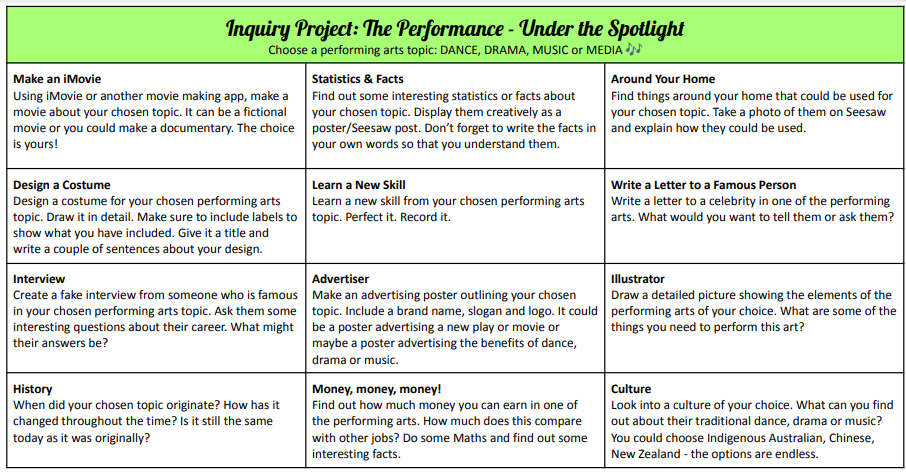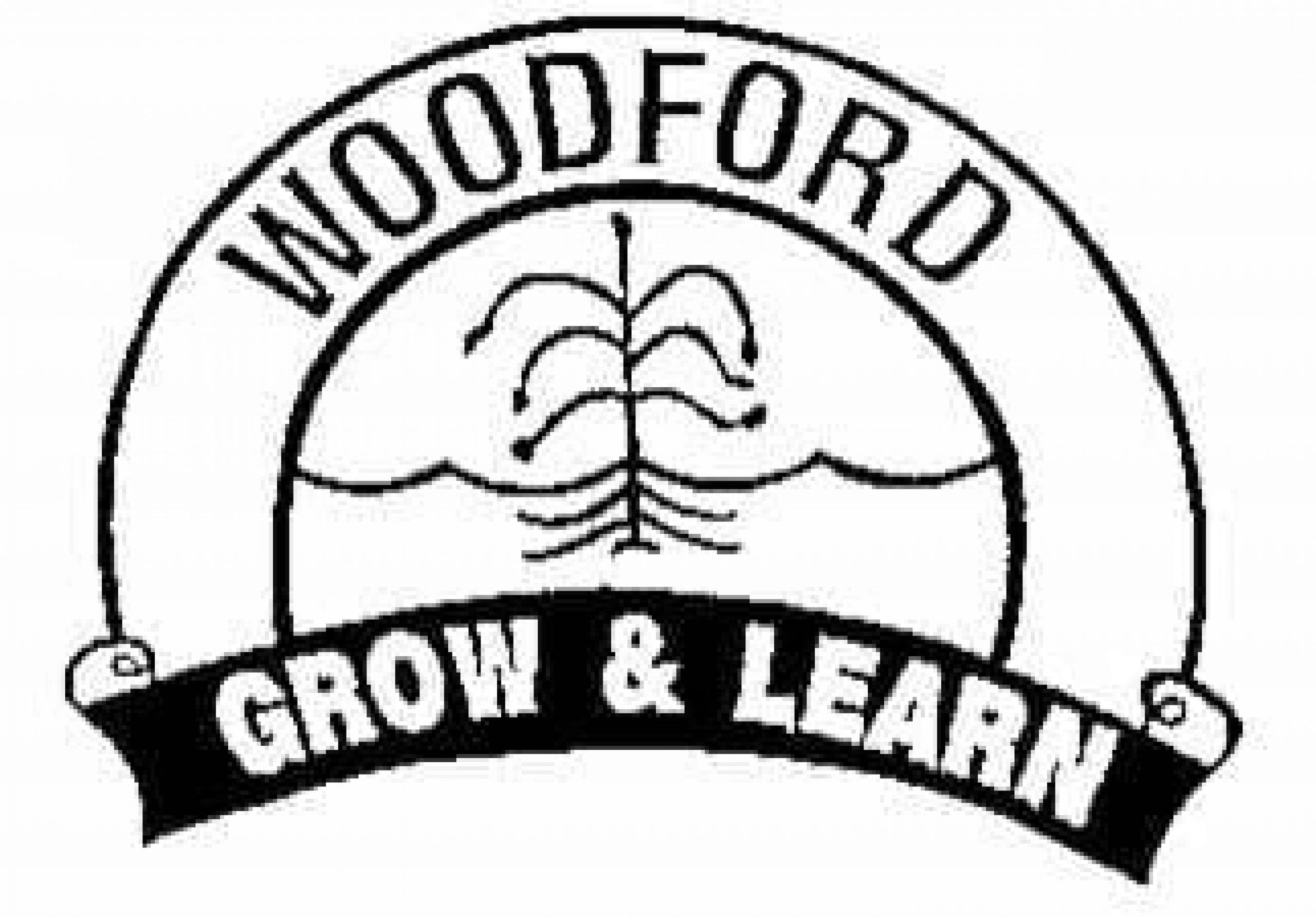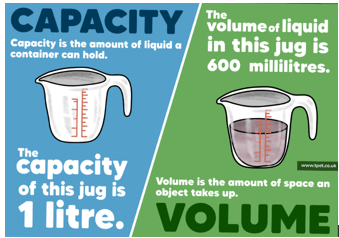



Learning Intention:
We are learning to make inferences about our biographical text, by combing ‘what I already know’ (prior knowledge) and clues from the text (text evidence).
Success Criteria
I can make general inferences using clues from the text (text evidence) and what I already know (prior knowledge), about my biographical text.
I can make an inference about the main character, based on his/her traits, in my biographical text.
I can make an inference about the supporting character, based on his/her traits, in my biographical text.
I can make an inference about the main character ability to make good/bad decisions, in my biographical text.
I can make an inference about an important lesson the main character learns, (and why this lesson was important) in my biographical text.
I can make an inference about the important message from the author for the reader, in my biographical text.
Please watch BOTH of these videos before continuing with the activity
Now that you have watched BOTH of the videos, you should remember what Inferences are, and the how they are different to other types of comprehension questions.
Activity:
#1 – Read a chapter of your biographical text. (if you have not already done so)
#2 – Make some Inferences using the clues in the pages/chapters you have read so far. Use the Success Criteria as a guide for your inferences today.
#3 – Use the proforma to complete the task today. You can print this proforma using the link below or write your summary in your Homework book.
| What I Already Know
(Prior Knowledge) |
+ | Evidence from Text
(clues) |
= | INFERENCE
(educated guess) |

 Seek the Sound – Find 15 /ll/ words in your books at home. When you have found 15 words, use these + your 8 spelling words and sort them in to spellings lists. (23 words total)
Seek the Sound – Find 15 /ll/ words in your books at home. When you have found 15 words, use these + your 8 spelling words and sort them in to spellings lists. (23 words total)
Learning Intention:
We are learning to write a 90 second speech using the persuasive writing structure.
We can:
- Write a conclusion to sum up and close our writing
- Include correct structure of a conclusion
- Include a personal comment to convince my reader.
 Click here to view in a larger version.
Click here to view in a larger version.
Today’s Activity: Once you have completed your spelling, finish your conclusion paragraph using the example above. Please really focus on correct structure!

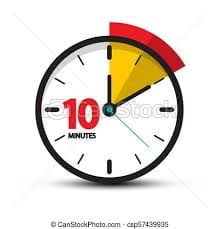

Practice your Counting Goal for 5-10 minutes first – to warm up the brain!
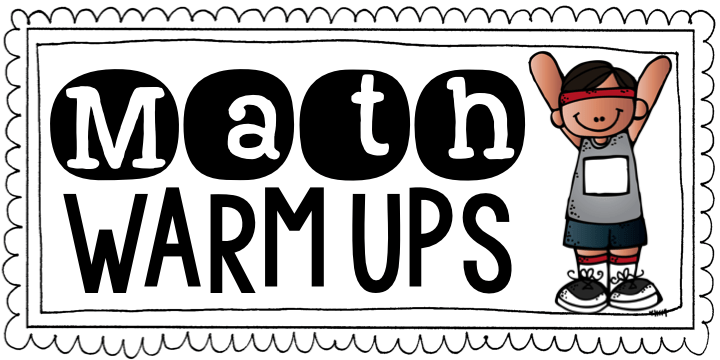
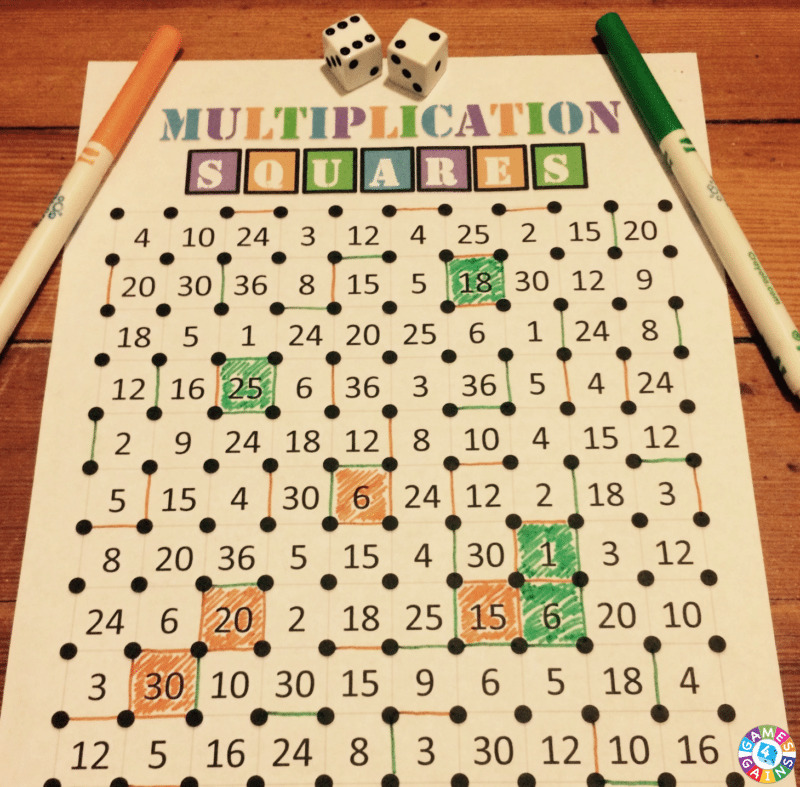
You will need a partner to play this game, or play on your own and see how many squares you can make each day. All you need for this game is two dice, the downloadable game board (If you can’t print, use the game board posted on Seesaw or draw the grid in your Homework book), and two pens of different colors. One player rolls both dice, multiplies the two numbers together, then looks for the product on the board. The student then draws a line to connect any two dots that form part of the square around that product. The game continues until the board is filled with squares. Click here for a computerised dice roll if you haven’t got a dice at home.
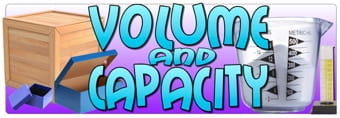
Learning Intention:
We are learning to convert between different units of metric measure. (millilitres and litres)
Success Criteria.
- I know how many millilitres are in a litre.
- I can convert litres to millimetres.
- I can convert millilitres to litres.
What are Volume and Capacity?
Watch this video below to refresh your memory on the difference between volume and capacity.
Activity: Converting Millilitres to Litres and Litres to Millilitres
Today we are learning how to convert millilitres to litres and litres to millilitres.
1,000 Millilitres (mL) = 1 Litre (L)
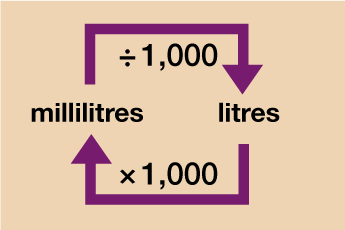
Converting Litres to Millilitres:
PLEASE WATCH THIS VIDEO BEFORE CONTINUING!!

To convert litres (L) to millilitres (mL) you multiple the litre quantity by 1000 because there are 1000mL in 1L.
For example. 3.4L x 1000 = 3400mL.
Converting Millilitres to Litres:
PLEASE WATCH THIS VIDEO BEFORE CONTINUING!!
 There are 1,000mL in 1L, so when converting mililitres to litres you need to divide by 1000.
There are 1,000mL in 1L, so when converting mililitres to litres you need to divide by 1000.
For example. 3450mL divide by 1000 = 3.450L
Print off today’s worksheet or write your question and answers in your Homework book.
Click here to print Group 1 Worksheet
Click here to print Group 2 Worksheet
Click here to print Group 3 Worksheet
Extension Worksheet: Write the questions and answers in your Homework book. Don’t forget to include your working out.


Please continue to complete activity from the Under the Spotlight menu, or repeat the ones you’ve previously enjoyed!
